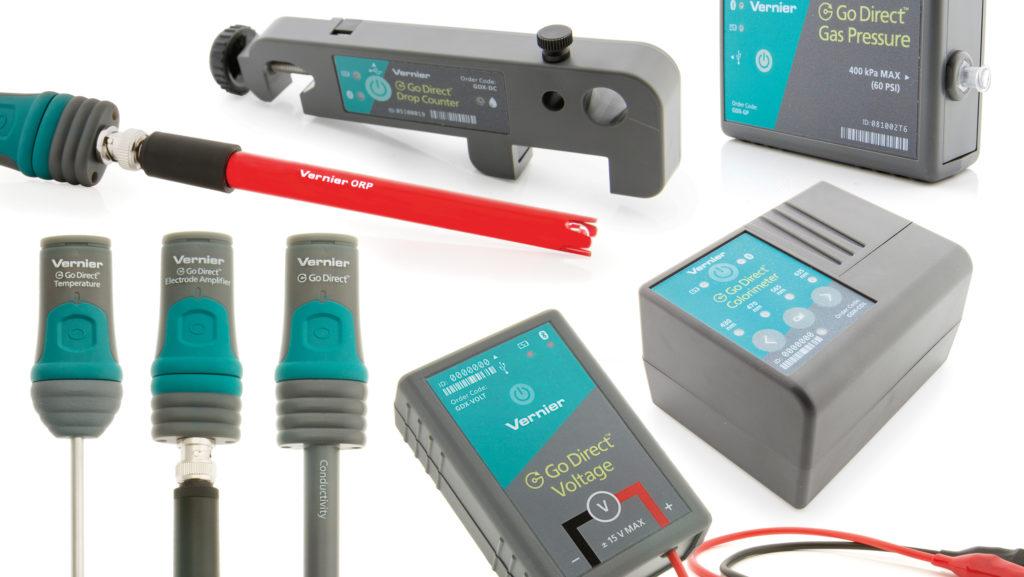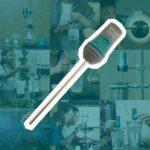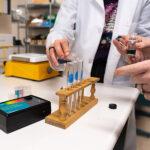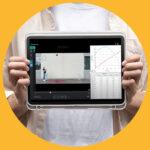
Sharing ideas and inspiration for engagement, inclusion, and excellence in STEM

Whether you are teaching general or upper-level college chemistry courses, our affordable sensors and instrumentation make it possible for every student to participate in hands-on learning. Our combination of sensors, software, college-level experiments, and instructional resources engage students and instructors in scientific discovery. We have assembled a collection of products and experiments for commonly taught college chemistry courses.
- General Chemistry: Complete an acid-base titration with our pH probes that have 0.1 pH unit accuracy and a drop counter that accurately converts drops to volume.
- Organic Chemistry: Measure and analyze the GC retention times of a Fischer esterification reaction mixture using the Mini GC Plus Gas Chromatograph with room air as the carrier gas.
- Biochemistry: The Vernier UV-VIS Spectrophotometer can be used to measure the 260/280 nm ratio when purifying proteins and DNA. Its range, 220 nm to 850 nm and 3 nm optical resolution, makes it ideal for biological applications.
- Analytical Chemistry: Investigate redox reactions with a potentiometric titration using an ORP (oxidation-reduction potential) sensor.
- Physical Chemistry: Explore excited-state dynamics with one of our free experiments that walks students through the heavy-atom quenching of quinine fluorescence using the Vernier Fluorescence/UV-VIS Spectrophotometer.
At Vernier, we believe that the use of our sensors and lab equipment should serve to enhance your teaching, not get in your way. Take a look at Periodic Elements—our college chemistry blog where our chemists share their knowledge and ideas. Sign up for Periodic Elements and find a full list of recommendations for college chemistry.
Share this Article

Sign up for our newsletter
Stay in the loop! Beyond Measure delivers monthly updates on the latest news, ideas, and STEM resources from Vernier.






